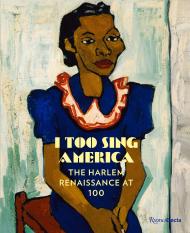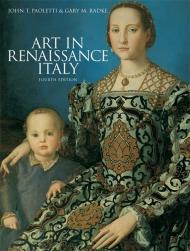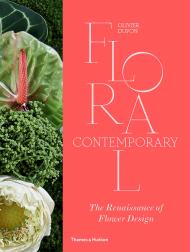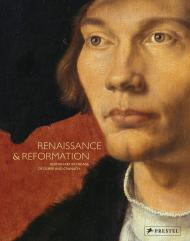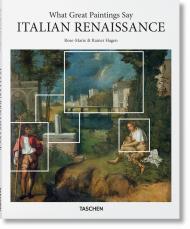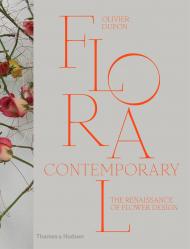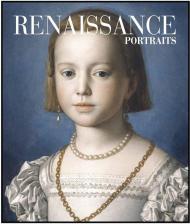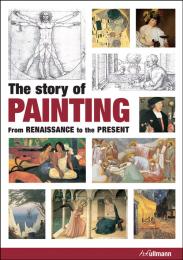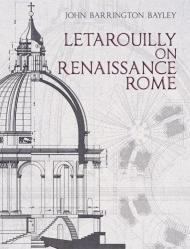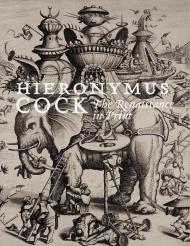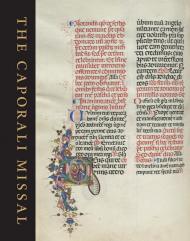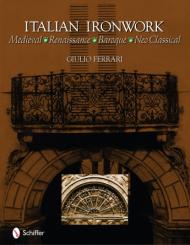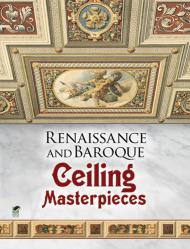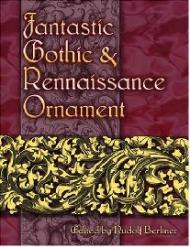Winner of the James A. Porter and David C. Driskell Book Award for African American Art History, I Too Sing America offers a major survey on the visual art and material culture of the groundbreaking movement one hundred years after the Harlem Renaissance emerged as a creative force at the close of World War I.
It illuminates multiple facets of the era--the lives of its people, the art, the literature, the music, and the social history -- through paintings, prints, photography, sculpture, and contemporary documents and ephemera. The lushly illustrated chronicle includes work by cherished artists such as Romare Bearden, Allan Rohan Crite, Palmer Hayden, William Johnson, Jacob Lawrence, Archibald Motley, and James Van Der Zee.
The project is the culmination of decades of reflection, research, and scholarship by Wil Haygood, acclaimed biographer and preeminent historian on Harlem and its cultural roots. In thematic chapters, the author captures the range and breadth of the Harlem Reniassance, a sweeping movement which saw an astonishing array of black writers and artists and musicians gather over a period of a few intense years, expanding far beyond its roots in Harlem to unleashing a myriad of talents upon the nation. The book is published in conjunction with a major exhibition at the Columbus Museum of Art.
About the Author:
Wil Haygood, guest curator for the Columbus Museum of Art's I Too Sing America: Harlem Renaissance at 100, is a Guggenheim and National Endowment for the Humanities Fellow. Haygood has written 4 biographies of major Harlem figures who were all touched by the Harlem Renaissance. His King of the Cats: The Life and Times of Adam Clayton Powell, Jr., was a New York Times Notable Book of the Year. In Black and White: The Life of Sammy Davis, Jr., won the Richard Wright-Zora Neale Hurston Literary Award, the Deems Taylor Biography Award, and the Non-Fiction Book of the Year Award from the Black Caucus of the ALA His Sweet Thunder: The Life and Times of Sugar Ray Robinson, was a PEN/ESPN Book Award Finalist. Showdown: Thurgood Marshall and the Supreme Court Nomination that Changed America received the Scribes Book Award, the Ohioana Book Award, and the Honor Book Award from the Black Caucus of the ALA.
At the Columbus Museum of Art, Carole Genshaft is Curator at Large, Anastasia Kinigopoulo is Assistant Curator, Nannette V. Maciejunes is the Executive Director, Drew Sawyer is Head of Exhibitions and William J. and Sarah Ross Soter Associate Curator of Photography.
